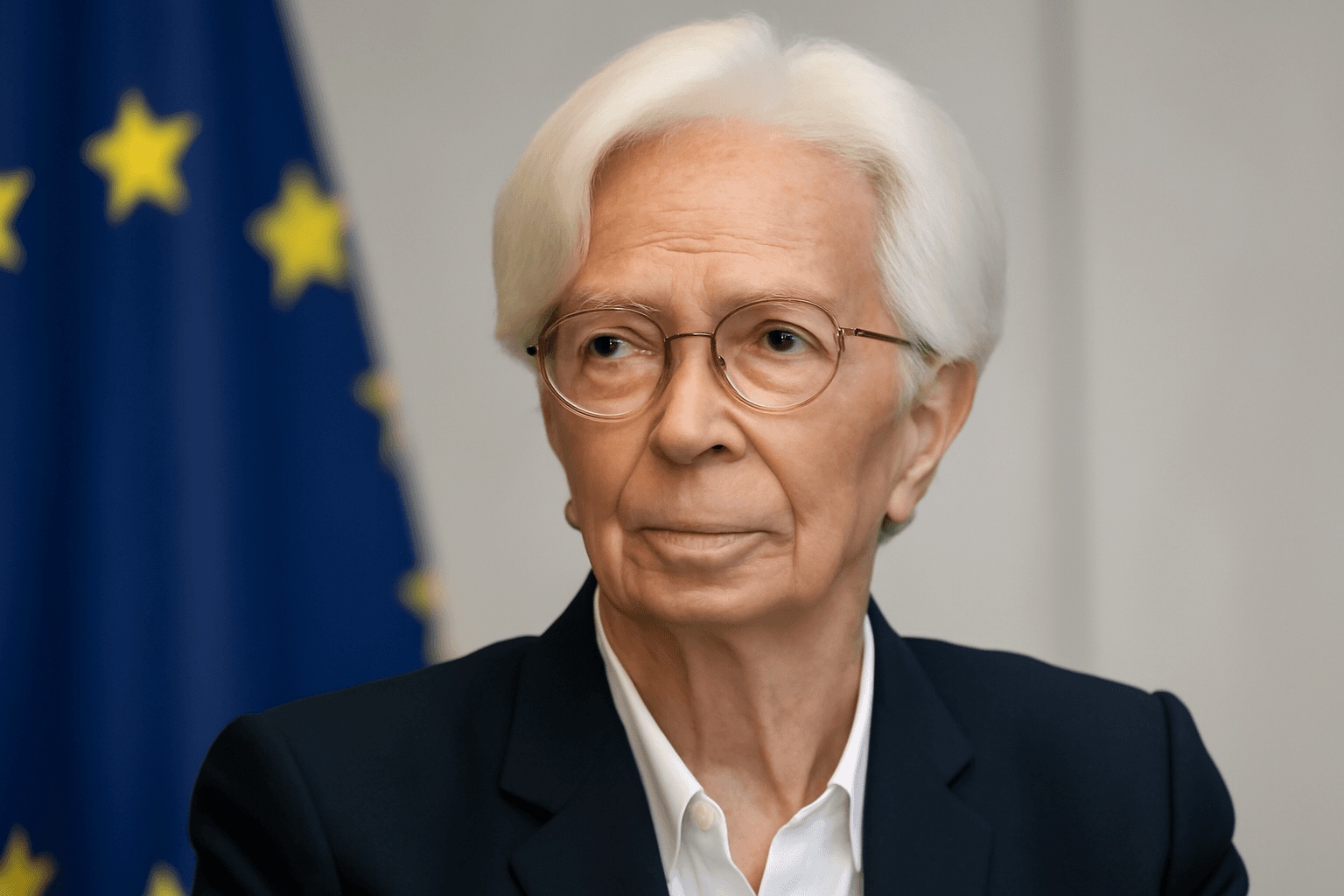Euro Zone Inflation Holds Firm Above Expectations in July
In a surprising yet steady development, inflation across the euro zone remained unchanged at 2% in July, according to flash data released by Eurostat on Friday. This figure slightly exceeds economists’ forecasts, who had anticipated a dip to 1.9%. The persistence of this inflation rate underlines ongoing economic pressures despite recent efforts to stabilize prices.
Core Inflation and Services Inflation: Key Drivers
When excluding volatile sectors such as food, energy, alcohol, and tobacco, so-called core inflation maintained a steady pace at 2.3% for the third consecutive month. This steadiness in core inflation reflects continued underlying price pressures in the euro zone economy.
Meanwhile, inflation in the services sector—the largest component of consumer spending—slowed slightly, easing to 3.1% in July from 3.3% in June. This subtle moderation might offer some reprieve, but it remains significantly elevated.
Bond Markets React to Inflation Data
The inflation figures prompted a modest market response: yields on Germany's 10-year government bonds nudged higher by more than one basis point, while French 10-year bond yields rose by just under one basis point. These movements reflect investor caution amid ongoing inflation uncertainty and monetary policy expectations.
Monetary Policy Outlook: What’s Next for the ECB?
Jack Allen-Reynolds, deputy chief euro zone economist at Capital Economics, weighed in on the outlook, suggesting that the latest inflation data does not indicate an imminent resumption of interest rate cuts by the European Central Bank (ECB). After pausing rate hikes at its July meeting—the first halt of 2025—markets are pricing in a high probability (over 94%) that the ECB will keep rates steady in its upcoming September session.
Allen-Reynolds highlights that if energy prices continue to decline, euro zone inflation could slip below the ECB’s 2% target later this year and into 2026. However, he expects any undershoot to be marginal, with core inflation sticking close to target. This suggests the ECB may maintain its current monetary policy stance, viewing a slight dip in inflation as insufficient cause for further easing.
Economic Growth and Trade Dynamics in Europe
This inflation snapshot coincides with encouraging economic signals. Earlier this week, flash data revealed the euro zone economy grew by 0.1% in Q2—slightly outperforming analysts’ expectations despite being a slowdown from the 0.6% growth recorded in Q1.
Such resilience is notable amid ongoing geopolitical and trade tensions, especially between the European Union and the United States. While tariffs introduced under the previous U.S. administration have threatened to dampen growth and push prices higher, a recent trade agreement implementing a 15% baseline levy on EU goods entering the U.S. aims to ease uncertainties. Sectoral tariffs and reciprocal duties remain in place but have been moderated temporarily.
Analysts continue to debate how these trade policies might influence inflationary trends in Europe. Historically, tariffs could drive prices up for consumers; however, the precise impact on euro zone inflation remains clouded amid diverse economic factors.
Expert Insights: The Road Ahead for Euro Zone Inflation
- Core inflation resilience: Persistent core inflation highlights that deeper economic factors, beyond volatile commodities, keep upward pressure on prices.
- Energy prices as a wild card: Fluctuations in energy costs will be critical in determining whether inflation dips below target.
- Monetary policy balance: The ECB faces the delicate task of curbing inflation without hindering fragile economic growth.
- Trade complexities: Tariff arrangements and evolving trade relations with key partners like the U.S. will further shape inflation and growth trajectories.
Editor’s Note
July’s steady inflation rate in the euro zone serves as a barometer of economic resilience amidst complex challenges—from fluctuating energy prices to intricate trade negotiations. While headline inflation remains stubbornly above expectations, the nuanced trends in core and services inflation suggest a cautious optimism. The ECB’s future policy moves hinge on maintaining this balance without stifling recovery. For readers, the evolving interplay between inflation, monetary policy, and international trade underscores the importance of staying attuned to both macroeconomic indicators and geopolitical shifts that continue to redefine Europe’s economic landscape.


















